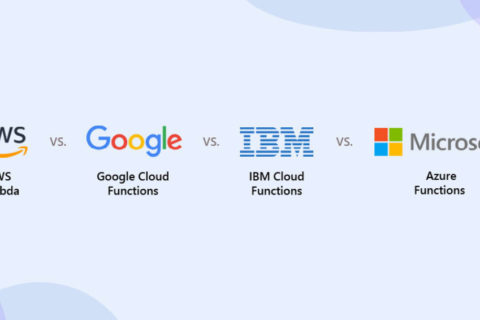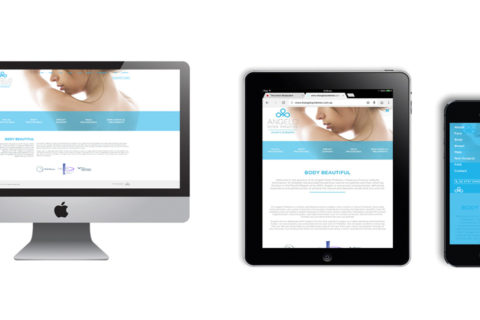Overview
Digital payments, telehealth, and robots have all increased as a result of the COVID-19 pandemic epidemic. These solutions can help businesses stay open while reducing the transmission of the coronavirus. They can also help society become more robust in the face of pandemics and other dangers. During the COVID-19 epidemic, technology is playing a critical role in keeping our community functional throughout lockdowns and quarantines. Moreover, these technologies may have a long-term influence in addition to COVID-19.
During the COVID-19 pandemic, widespread social-distancing measures were implemented to keep the virus from spreading. In this blog, we are listing some of the technology trends that will dramatically increase by COVID-19 in 2021.
Robots were able to handle the Pandemic:
Before the epidemic, e-commerce was already the way of the future, from one-day online store delivery to social media shopping. However, during the hit of the pandemic, there haven’t been enough human staff in online shops or stores to keep up with the tremendous surge in e-commerce and online ordering. As a result, there were shipping delays. In this case, we use robots in unprecedented numbers to execute orders in the e-commerce arena while maintaining proper social distance. Furthermore, since the outbreak, there has been a significant surge in demand for robot deliveries. As a result, we can see a four-fold boost in sales and an increase in the number of orders.
Covid gave a boost to digital payments:
Digital payments were one industry that saw record highs in 2020 during the Covid-19 outbreak and economic shutdown. The demand was high as many individuals preferred to stay at home and preserve social distance. Consumers were urged to adopt contactless payments during the COVID-19 pandemic. Contactless payments have emerged as a critical solution for all organizations. They allow them to advance their operations while also safeguarding their safety in the face of the coronavirus pandemic. Contactless payments are becoming increasingly popular all over the world. People can use digital payments to make online purchases and payments for goods, services, and even energy bills, as well as get stimulus funding more quickly.
Remote working has become the future:
During the year 2020, the COVID-19 epidemic affected worldwide labour markets. The short-term consequences were typically harsh and unexpected. The Covid-19 pandemic caused a significant upheaval in the global work economy in 2020. While working from home has become now the norm for the majority of companies. A majority of workers will be working remotely by 2025. We can see the trend is continuing in 2021, even if 2020 was a year of remote work. Technology has made remote work possible such as virtual private networks (VPNs), voice over internet protocols (VoIP), virtual meetings, and many more that allow a person to appear in front of a virtual background while maintaining the privacy of their own home.
Telehealth:
The coronavirus disease-19 (COVID-19) epidemic is a worldwide public health issue. The use of telehealth to address the COVID-19 outbreak is a potential approach. During the COVID-19 outbreak, telehealth services help in preventing, detecting, treating, and controlling diseases. Telehealth enhances healthcare services. As a result, during the COVID-19 outbreak, telehealth should be a critical tool in providing care while keeping patients and health providers safe. Telehealth could be an excellent approach to stop COVID-19 from spreading while still delivering necessary primary care. We can track vital indicators with wearable IoT devices. We can use patients’ symptoms by chatbots to make preliminary diagnoses.
The pandemic has changed education:
As a result of COVID-19, schools around the world have been closed. As a result, with the rise of e-learning, in which instruction is done remotely and via digital platforms, education has undergone significant transformations. Nowadays, teachers and students use online classes. Teachers and students are increasingly using online teaching and learning. The global epidemic of COVID-19 has compelled everyone to adopt virtual learning in some form or another. The global pandemic creates a threat to schooling and the entire education system. Educators were forced to switch to an online style of instruction almost immediately as a result of this.
Many academic institutions that were previously unwilling to change their old pedagogical methods now have no choice but to make the complete transition to online teaching and learning. In the coming days, every school and college will recognize the value of distance education and will provide it to students as an alternative. Online education will be a vital component of every school’s plan for institutional resilience and academic continuity in the future.
Online media and entertainment:
Even though quarantine precautions have considerably curtailed in-person encounters, human ingenuity has taken the party online. Although Disney+ surpassed Now TV as the third most popular paid-for streaming platform, the bulk of people signed up for Netflix and Amazon Prime Video. The COVID-19 pandemic is altering our media and entertainment consumption habits (M&E). As people have become more confined to their houses, our social lives have moved online. Hence, the entertainment consumption has increased, particularly in television, online gaming, and over-the-top services. Consumer behavior is rapidly shifting as the world adjusts to a new normal in which social isolation, work from home, and virtual meetings are the norm. As habit development and convenience of access emerge as drivers, demand for at-home digital media is likely to skyrocket.
Supply Chain 4.0:
Modern supply systems are under unprecedented stress and scrutiny as the coronavirus wreaks havoc on economies around the world. Today’s multinational supply chain network has been streamlined to locate the shortest lead times at the lowest cost. Supply chain stress tests will be the new standard in the post-COVID-19 era. As a result of the global coronavirus outbreak, which has been demanding and challenging, it also adds significantly to new directions and views in the field of supply chain management. The supply chain has evolved from a behind-the-scenes organizational function to a primary engine of a company’s business.
Delivery Robots and Drones:
Because COVID-19 is very contagious, it is best to avoid direct contact with other people. Robots proves to be useful when it comes to delivering critical things to people who shop and buy online but are confined to their homes. These flying robots can also transmit information over a broader area than regular loudspeakers. We can also use drones to spray disinfectants in public places to combat the coronavirus. Drones are also assisting officials with crowd control and identifying persons with elevated body temperatures, which may suggest they have the virus. In the event of a coronavirus (COVID-19) breakout, robots and drones may become an increasingly important ally in the fight against the virus for humans.
Bottom Line
COVID-19 has proved the value of digital preparedness, which allows business and life to go on as usual – to the extent possible – during pandemics. However, it is necessary to build the required infrastructure to support a digitized society. Also, it’s vital to know the current trends as well as the latest upcoming technology. This will be critical for any business or government to be competitive in a post-COVID-19 future, as will taking a human-centered and inclusive approach to technology governance.
COVID-19 has sped up the deployment of digital technology by several years, and many of these innovations are likely to last for a long time. If you don’t go digital, you’ll be behind in the dark.
This digital obligation isn’t new; it’s just that it’s become more visible. Prior to the pandemic, the economy was already undergoing a paradigm change toward digitization and servitization. The paradigm has shifted as a result of recent events, as indicated by the significant movement in investment towards digital firms. Do you enjoy reading this blog? Then please have a look at our blogs as well. Please do not hesitate to contact us if you have any questions. We are here to assist you! Check to visit our website to learn more about us and our services.




